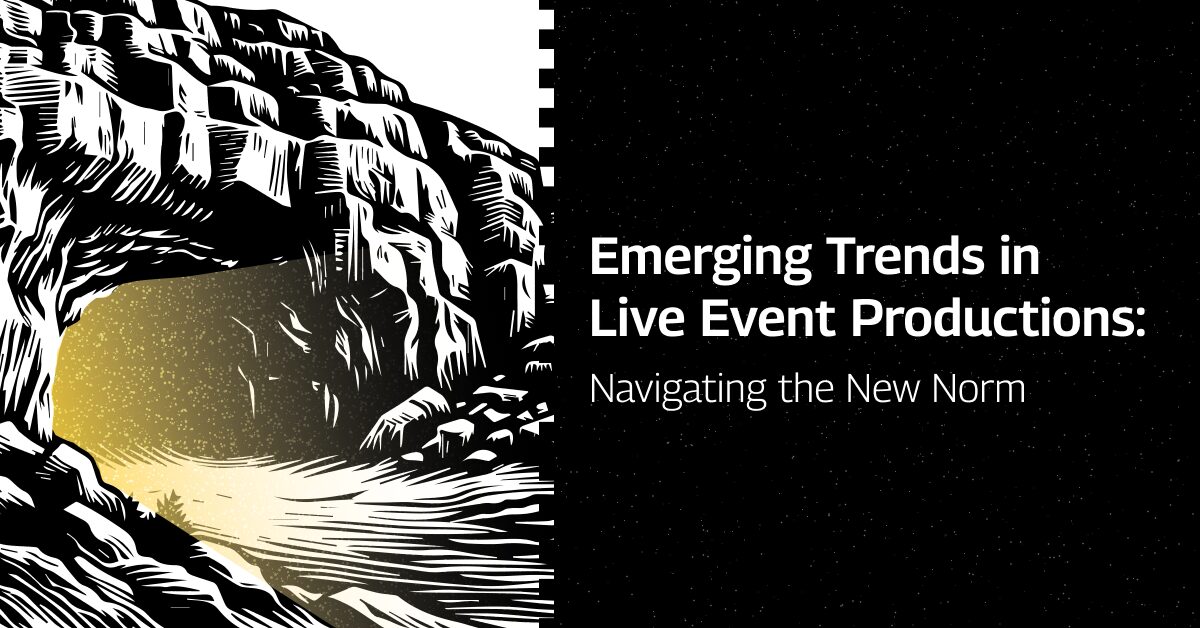Revolutionizing Engagement Via the Effortless Integration of Virtual Experiences and Face-to-Face Interactions in Blended Events
Revolutionizing Engagement Via the Effortless Integration of Virtual Experiences and Face-to-Face Interactions in Blended Events
Blog Article
Hybrid gatherings are becoming increasingly common as they merge the finest aspects of both in-person and online encounters. This creative approach allows participants to engage with material and each other in manner that were not feasible before. By incorporating virtual technology into these events, planners can create immersive encounters that boost engagement and participation. This seamless blend of virtual and real-world components can lead to more significant connections among participants, whether they are present in reality or joining remotely.
One of the key benefits of using virtual reality in blended gatherings is the capability to create a common environment for all attendees. In a conventional format, in-person participants might have access to specific activities or opportunities that virtual participants cannot enjoy. However, with virtual reality, everyone can explore the same digital space, regardless of their position. This technology allows for interactive displays, virtual connecting opportunities, and even gamified encounters that can captivate audiences. As a consequence, attendees feel more involved and engaged, leading to a more fulfilling overall encounter.
Moreover, virtual technology can help break down obstacles that often exist in blended events. For example, remote attendees may feel isolated or removed from the main gathering. By integrating virtual reality, organizers can create a feeling of presence that makes virtual participants feel as if they are part of the action. This can be realized through features like digital representations, which allow participants to connect with one another in real-time. Such connections can foster cooperation and connecting, making it easier for individuals to engage and share ideas, regardless of their physical position.
In addition to improving involvement, the use of VR reality in blended events can also provide important insights and information for planners. By monitoring attendee engagements and behaviors within the virtual environment, event planners can collect information on what aspects of the event were most captivating. This information can be used to enhance upcoming gatherings, ensuring that they satisfy the requirements and wants of participants. Grasping how attendees weblink engage with both the virtual and in-person components can lead to more efficient gathering approaches and improved overall encounters.
Finally, the combination of VR technology and physical engagements in hybrid events represents a significant shift in how we conduct meetings and conventions. As innovation continues to advance, the potential for creating engaging and interactive experiences will only grow. By embracing this innovative framework, event organizers can revolutionize the way people connect, learn, and collaborate. The future of blended gatherings is promising, and the smooth combination of VR reality will play a key part in defining that prospect.